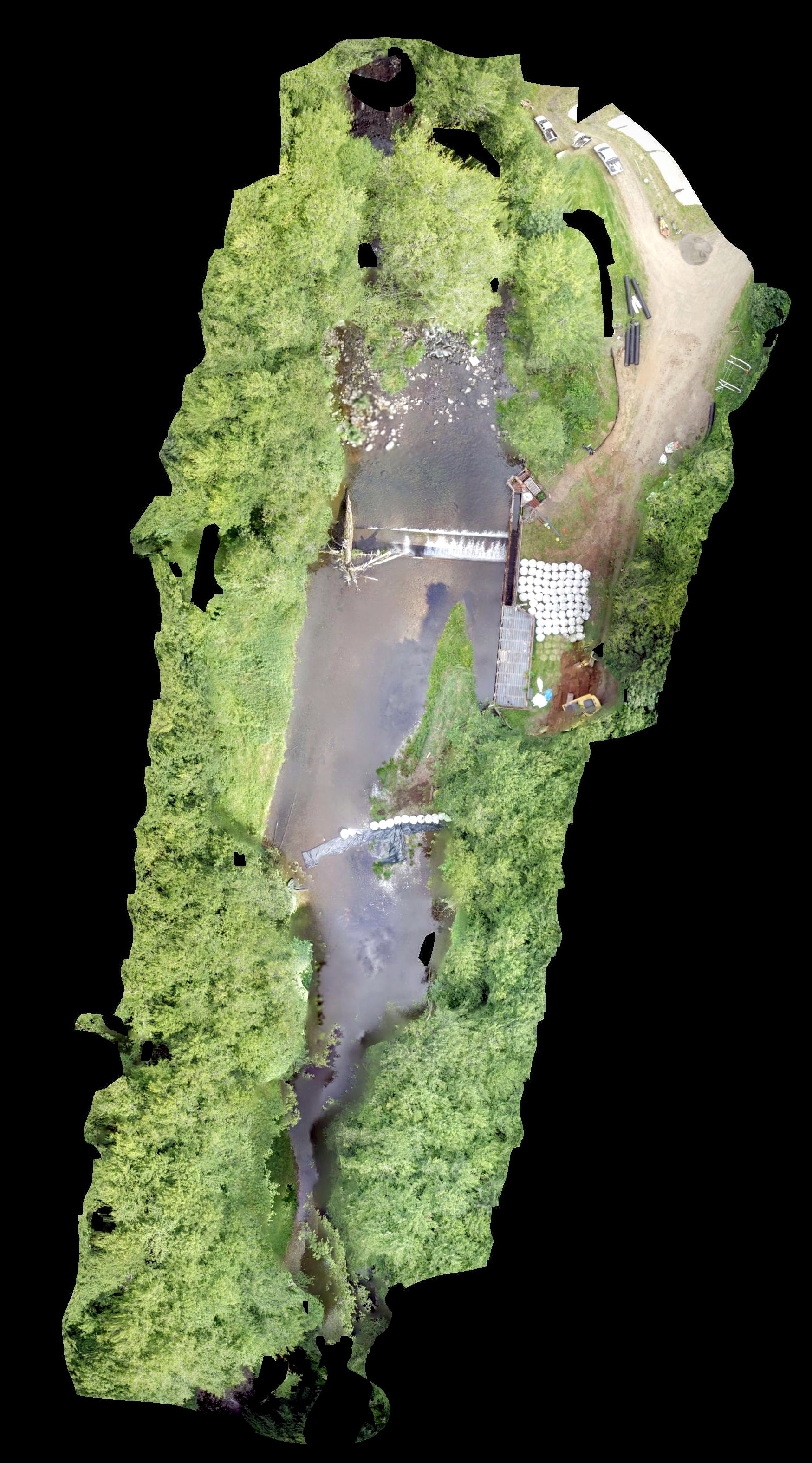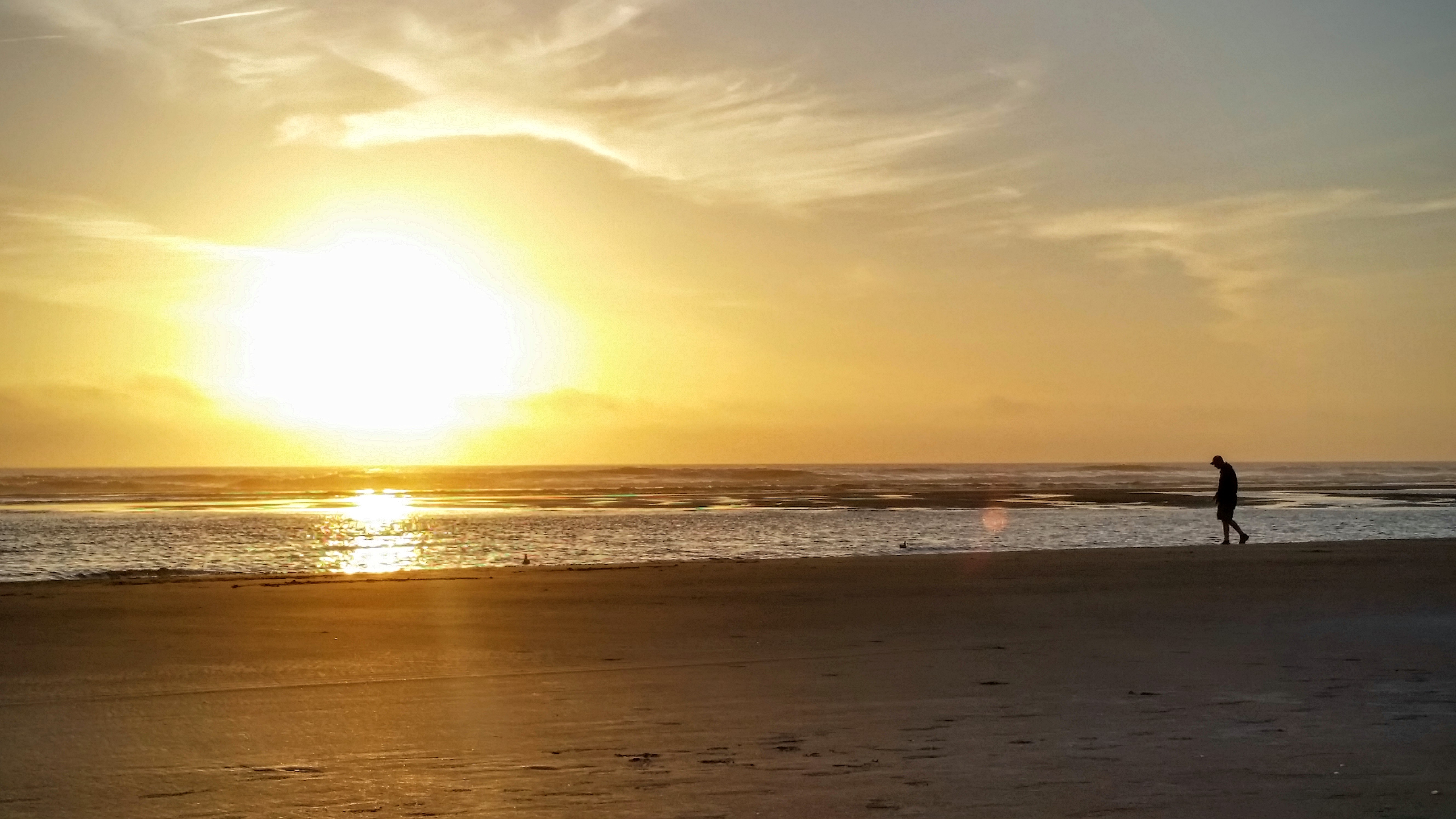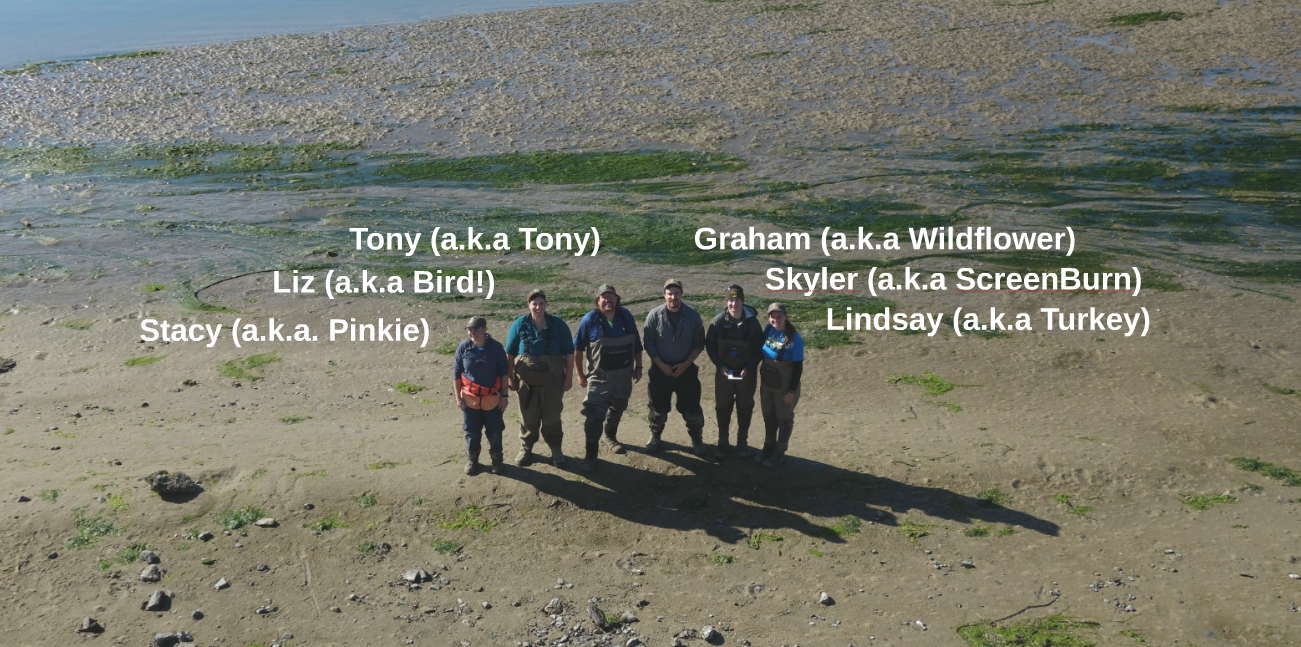
First Results for Tillamook Bay!
It seems as though the end of the Malouf scholarship is drawing nigh and that this will be my last blog post. I’m not quite sure where a year went as it seems just a month ago that I was meeting with Dr. Malouf and the other scholarship recipients, happily discussing our research and the work ahead. That said, from another perspective it seems a lifetime spent over the last year slowly grinding forward. In terms of progress, much of the hard computer modeling work is nearing a close and we are transitioning into the significantly more fun results stage. In this pursuit I am working with Jon Allan at the Department of Geology and Mineral Industries (DOGAMI) to make flood maps for public consumption. There is a wealth of progress to be made in this regard, comparing our results to DOGAMI’s and FEMAS flood maps and tracking down the important processes controlling flooding. It feels like a breath of fresh air to be finally getting close to the answers and (hopefully) community shaping results that I began working on years ago. For a problem of this size it’s sometimes easy to get lost in the little details and forget the big picture and the reason why you are here!
While this part of the project is nearing an end, I am considering it only part one of the story. Many lessons have been learned and part two will incorporate these changes as well as input from communities and stakeholders. The two main points that will be tackled in this new approach are:
- As per community and stakeholder request, a fully probabilistic approach that both encompasses scientific uncertainty and allows a determination of risk to be placed in the hands of local communities
- A generalizing of the modeling process that allows for assessment at multiple locations instead of single study sites.
I have just started spinning up this new part of the project via a collaboration with Peter Ruggiero at Oregon State. I have also restarted a collaboration with Sally Hacker in the integrative biology department to try and transfer our predicted future hydrodynamics to changes in the biosphere. So while the sun is setting on the first stage of the project, it only means a rebirth of these important questions.

Newport Sunset
I want to end by expressing my vast gratitude to the Oregon Sea Grant folks for funding this project initially (before I was even a student here) and then funding me through the Malouf scholarship. Their vote of confidence has provided me the funding and motivation to continue onward when things get hard. I hope that when my PhD eventually comes to a close, everyone who has read this blog will be at my defense for the true final blog post update. Thanks Everyone!
















